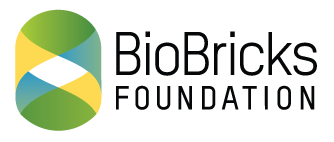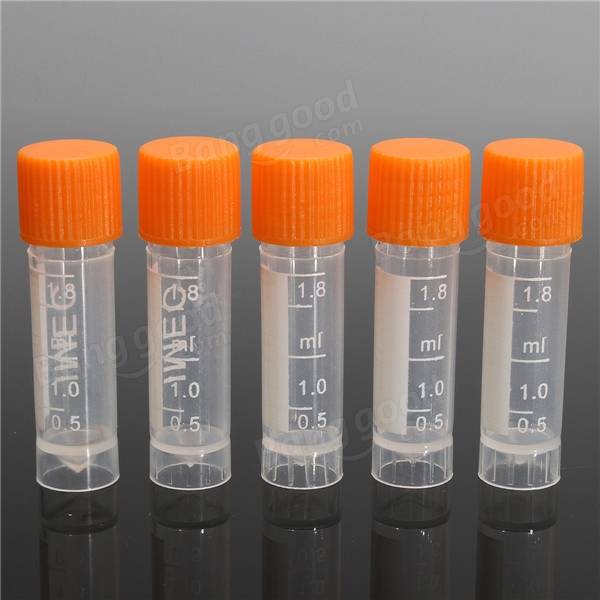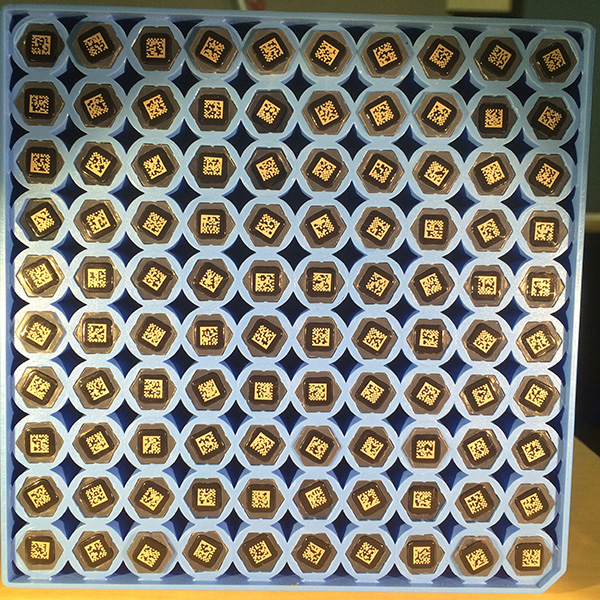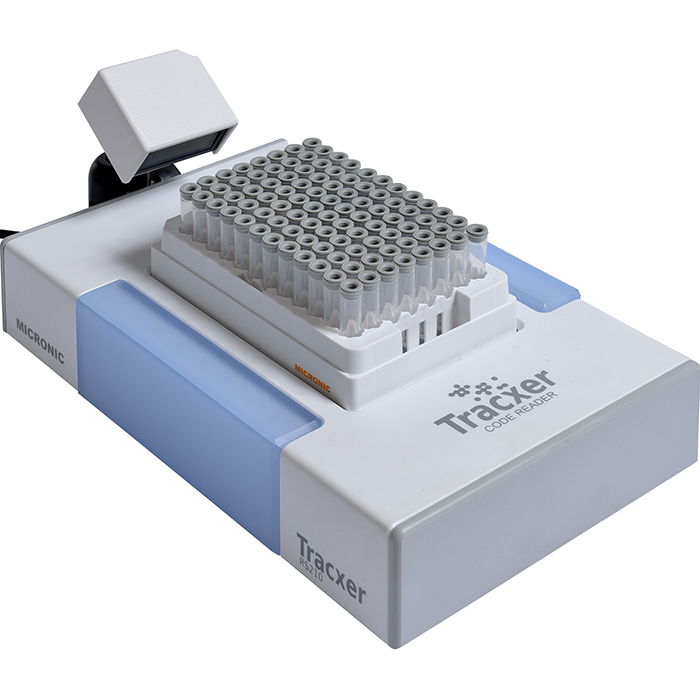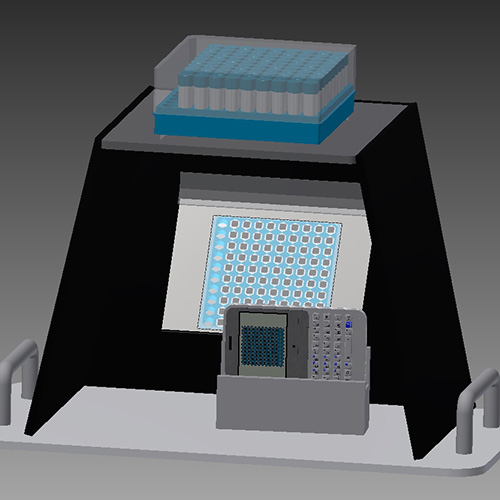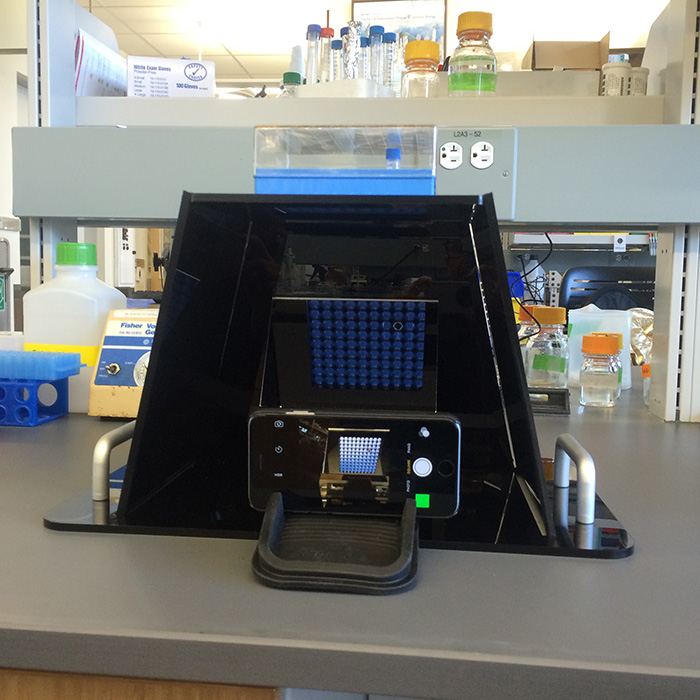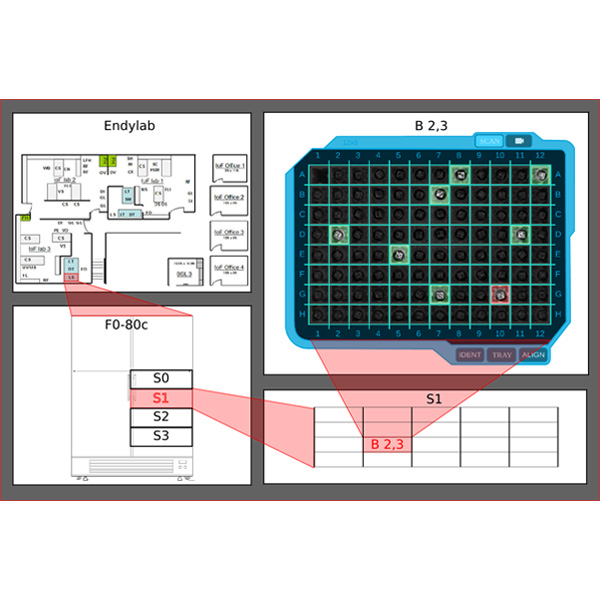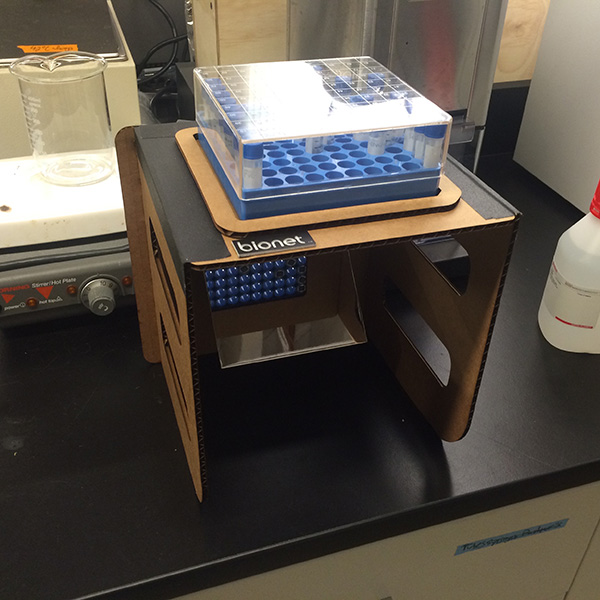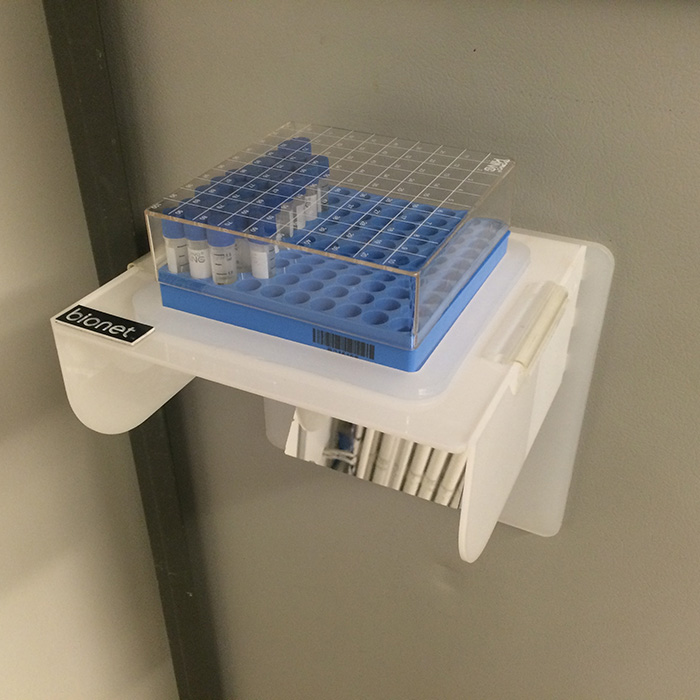Bionet Reader
A helpful exercise we went through as a team at BioBricks was to imagine what the user experience (UX) and interaction (UI) with the Bionet would be like. This focused around the design and creation of a cheap barcode reader that could be made with easy to find technology, and free to inexpensive materials. An impediment to primary biological research is automating and keeping track of the numerous sample vials a laboratory is working with, which can number into the multi-thousands.
SHOW MORE
It seemed that we might contribute to lower interaction costs by offering a cheap and easily available version of this tool. A tool for entering things into the Bionet. While this exercise led to the creation of novel instrumentation, it also helped us develop a language around the thought space of interaction with the Bionet.
SHOW LESS
We designed a system that would use a cell phone as the scanning device, using lighting and mirrors to illuminate the barcodes.
